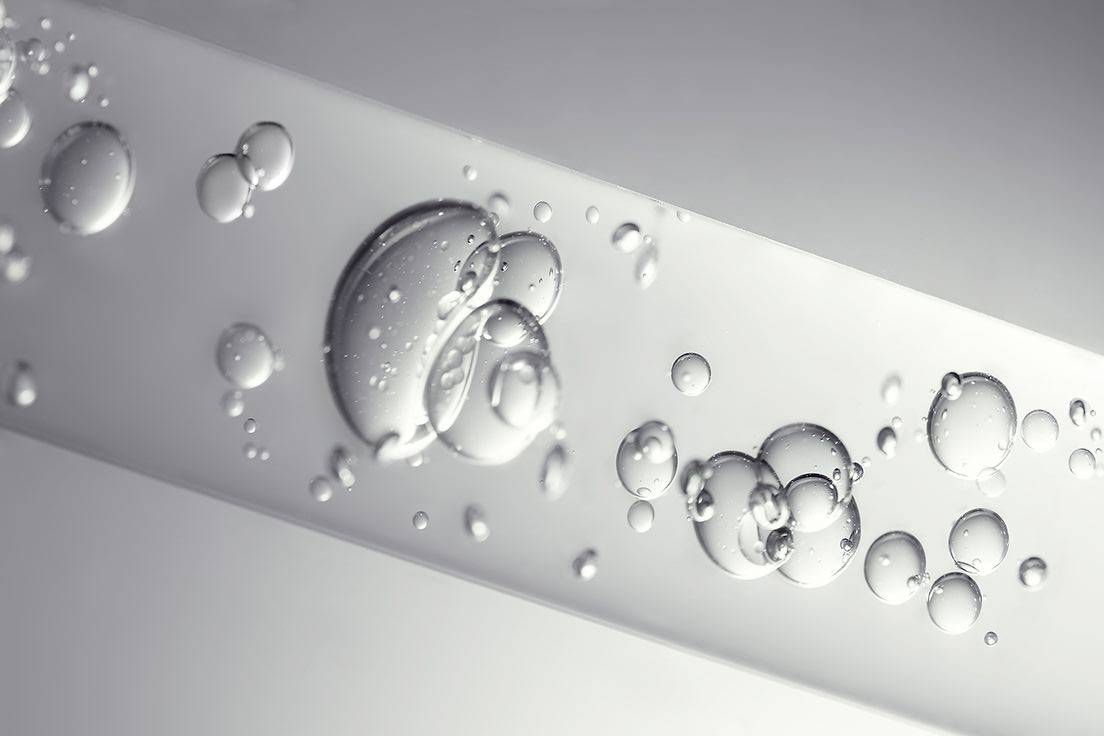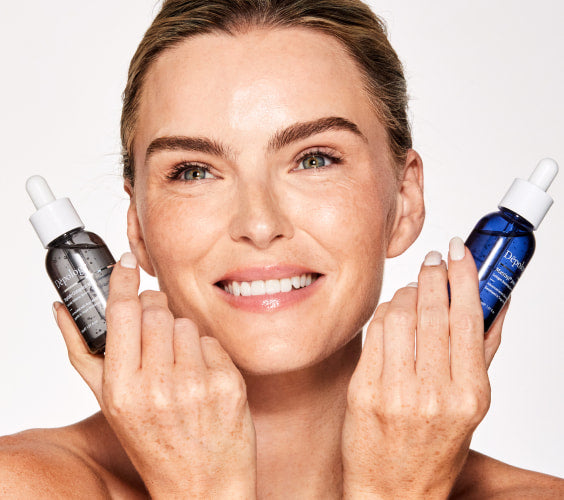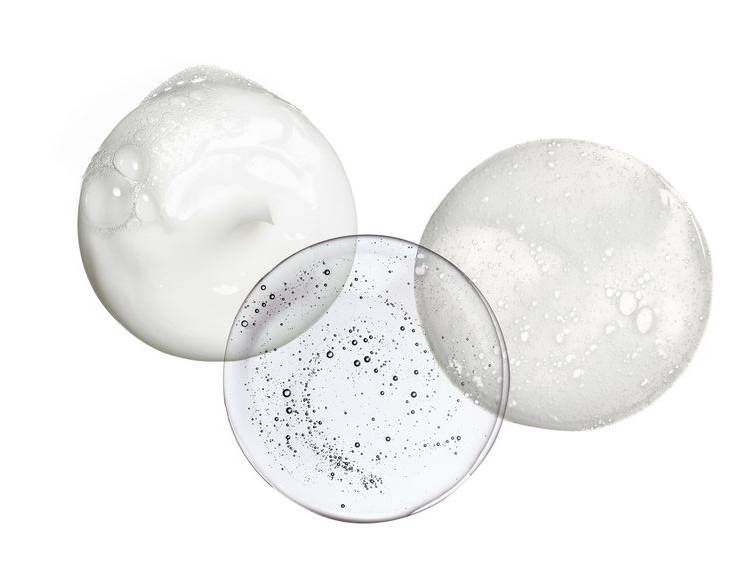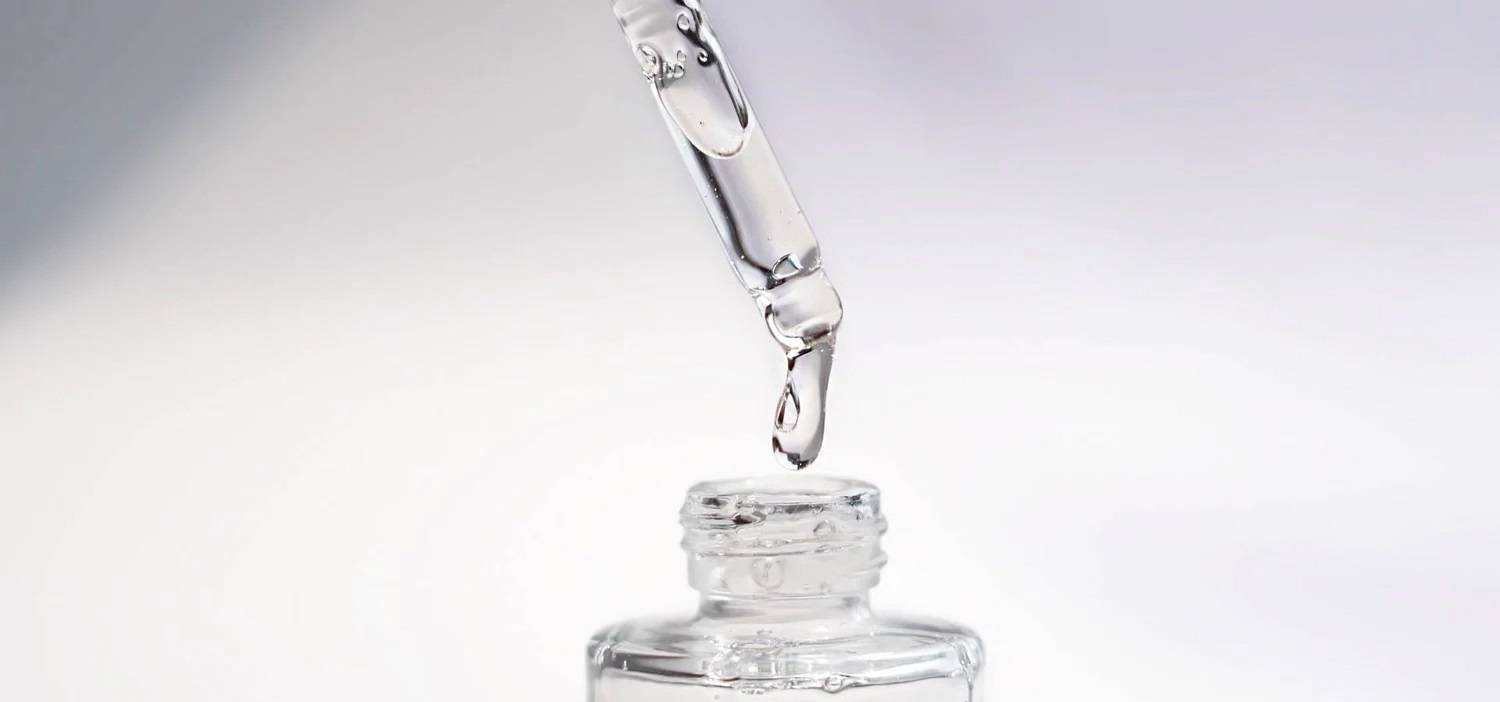
Can I Use Benzoyl Peroxide With Retinol In The Same Routine?
In the pursuit of clear, radiant skin, many individuals have encountered the formidable foe known as acne. Persistent breakouts tend to not distinguish between adolescents or adults, the struggle with acne being all too familiar among demographics. Fortunately, two powerful players in the world of skincare, benzoyl peroxide, and retinol, have long been celebrated for their abilities to combat acne and significantly reduce the signs of aging.
But what happens when you bring these skincare ingredients together? The dynamic duo of benzoyl peroxide and retinol can be a game-changer in any routine, addressing not only breakouts but also fine lines and wrinkles.
What is the purpose of benzoyl peroxide?
Benzoyl peroxide is a commonly used medication in the treatment of acne. It is an antibacterial agent that works by reducing the number of acne-causing bacteria on the skin. These bacteria often contribute to the development of inflammatory acne lesions.
To combat the effects of these bacteria, benzoyl peroxide contains anti-inflammatory properties that can help reduce the redness and swelling associated with acne lesions in some users. It is available in various formulations, including gels, creams, and lotions, and is typically used as a topical treatment (ranging from 2.5% to 10% in concentration). It is even available over the counter in lower concentrations and by prescription in higher strengths.
What is the purpose of retinol in skincare?
Retinol is a form of vitamin A and is a powerful skincare ingredient with several beneficial purposes that make it a mainstay in skincare collections:
- Anti-aging: Retinol is well-known for its intense anti-aging properties. It encourages the reduction of the appearance of fine lines and wrinkles. It can also improve overall skin texture and firmness, giving the skin a more youthful look.
- Cellular Renewal: Retinol works to enhance skin cell turnover, resulting in the shedding of old, damaged skin cells more rapidly. This process results in a brighter complexion and smoother skin, and can even help fade dark spots and hyperpigmentation.
- Acne Treatment: Retinol can also be effective in treating acne for some users. It can help unclog pores, reduce inflammation, and regulate sebum production, making it an excellent choice for those with acne-prone skin.
- Prevention: Even if you don't have visible signs of aging, using retinol can help prevent them. It's often recommended as part of a long-term skincare routine to maintain youthful-looking skin. Starting as early as your mid to late 20s can be an effective anti-aging regimen in the long term.
Retinol can be a potent ingredient, and it may cause skin sensitivity, redness, and peeling when first introduced into a skincare routine. It’s typically advised to start with a lower concentration and gradually increase as your skin becomes accustomed to it.
What are the skincare benefits of using benzoyl peroxide?
There are several skincare benefits to using benzoyl peroxide, particularly for individuals dealing with acne-prone skin. Here are some of the known benefits of benzoyl peroxide when it comes to skincare:
-
Treatment of Acne: Benzoyl peroxide is primarily known for its effectiveness in treating acne conditions. It works by reducing the number of acne-causing bacteria on the skin's surface, thus preventing and treating symptoms such as whiteheads, blackheads, pustules, and papules.
-
Exfoliation: Similar to retinol, benzoyl peroxide promotes and accelerates the shedding of dead skin cells, which can help prevent clogged pores. This exfoliating action can lead to smoother, clearer skin.
-
Anti-Inflammatory Properties: As mentioned earlier, benzoyl peroxide contains anti-inflammatory capabilities that can help reduce the redness and swelling associated with acne. It can also help prevent acne from occurring in the future.
-
Versatility: Benzoyl peroxide is available in various formulations, such as gels, creams, lotions, and washes, making it suitable for different skin types and preferences.
-
Efficient Results: Many people tend to see improvements in their acne within a few weeks of using benzoyl peroxide, making it a fast-acting option for managing acne.
What products can you find benzoyl peroxide in skincare?
Benzoyl peroxide is a cornerstone ingredient in the realm of acne-fighting skincare products. Commonly found in various formulations, its primary role is to combat acne-causing bacteria on the skin.
One of the most prevalent products containing benzoyl peroxide is cleansers. These cleansers are designed to reduce bacteria on the skin's surface, preventing and treating breakouts.
Beyond cleansers, benzoyl peroxide is also frequently incorporated into spot treatments, where its potent antibacterial properties can be directly applied to individual pimples.
Additionally, for those battling body acne, body washes with benzoyl peroxide cater to larger areas such as the back and chest.
Due to its potential drying and irritating effects, it's less common in products like toners or masks. Always approach benzoyl peroxide products with a bit of caution, as they can increase skin sensitivity, especially to sunlight.
Can you use benzoyl peroxide with retinol in the same routine?
Many dermatologists advise against using benzoyl peroxide and retinol simultaneously because of their opposing properties: benzoyl peroxide acts as an oxidizer, whereas retinol serves as an antioxidant. This means that benzoyl peroxide can break down retinol, making it less effective.
In addition, benzoyl peroxide and retinol can both be irritating to the skin, especially when used together. Both increase cell turnover, which can lead to redness, dryness, and peeling.
For these reasons, most dermatologists recommend avoiding using benzoyl peroxide and retinol at the same time. If you are using both ingredients, it is best to use them on different nights or at different times of day.
Here is a sample skincare routine if you use both:
Morning:
- Cleanse your face with a benzoyl peroxide cleanser.
- Incorporate hydrating serums (optional).
- Apply a moisturizer.
- Apply sunscreen with an SPF of 30 or higher .
Evening:
- Cleanse your face with a gentle cleanser.
- Apply benzoyl peroxide spot treatments to the affected areas.
- Wait 30 minutes.
- Apply a moisturizer.
On Alternating Nights:
- Cleanse your face with a gentle cleanser.
- Apply retinol to your entire face.
- Wait 30 minutes.
- Apply a moisturizer .
For desired results when using benzoyl peroxide and retinol together, skincare layering is key. It’s often best to apply benzoyl peroxide cleansers or spot treatments during your daytime routine and retinol at night.
It is important to start slowly with retinol and gradually increase frequency. If irritation occurs, reduce usage or pause the product.
OUR PICK: Anti-Aging Retinol Night Cream
Is benzoyl peroxide or salicylic acid better?
The choice between benzoyl peroxide and salicylic acid depends on your specific skin type, the type of acne you're dealing with, and your personal preferences. Both ingredients are effective acne treatments but work differently.
Benzoyl peroxide is primarily an antibacterial agent. It reduces acne-causing bacteria and helps treat inflammatory and non-inflammatory acne.
Salicylic acid, on the other hand, is a beta hydroxy acid (BHA) that penetrates pores to exfoliate and keep them unclogged. It is excellent for treating blackheads and whiteheads.
Can you use benzoyl peroxide with facial serums?
Yes. Benzoyl peroxide can be used with hydrating serums such as hyaluronic acid and peptides. Hyaluronic acid is especially beneficial because benzoyl peroxide can be drying. Combining them helps balance moisture levels and minimize irritation.
Peptides are safe to use and support anti-aging and skin repair without interfering with benzoyl peroxide’s effectiveness.
Can I use benzoyl peroxide with niacinamide?
Yes, you can. Benzoyl peroxide targets acne-causing bacteria, while niacinamide (Vitamin B3) helps reduce inflammation, strengthen the skin barrier, and minimize pores.
Using both together is generally safe and can be especially helpful for calming redness and supporting balanced skin.
As with any active ingredients, monitor your skin and consult a dermatologist if needed.
Difference between using adapalene vs. benzoyl peroxide
Adapalene and benzoyl peroxide are both topical acne treatments but work differently.
Benzoyl peroxide works as an antibacterial agent that reduces acne-causing bacteria.
Adapalene is a retinoid that promotes cell turnover and prevents clogged pores. It also helps reduce inflammation and prevent new breakouts.
Some users benefit from combining both ingredients, but doing so increases the risk of irritation. You may need to alternate usage or apply them at different times of the day.
What should you not use with benzoyl peroxide?
While benzoyl peroxide is an effective acne treatment, there are certain ingredients you should avoid using alongside it to prevent irritation or reduced effectiveness.
Acne Medications: Avoid combining benzoyl peroxide with other acne treatments such as salicylic acid, tretinoin, or topical antibiotics unless recommended by a dermatologist.
Exfoliants: Physical exfoliants or scrub brushes can cause excessive irritation when used together with benzoyl peroxide.
Alcohol-based Products: Avoid toners or products containing alcohol, which can increase dryness and sensitivity.
Strong Facial Masks: Masks with potent acids may be too harsh alongside benzoyl peroxide.
Sulfur-based Products: Combining sulfur and benzoyl peroxide can lead to irritation and excessive dryness.
Vitamin C: Using vitamin C serums with benzoyl peroxide may reduce the effectiveness of both. If you want to use both, apply vitamin C in the morning and benzoyl peroxide at night.
Does benzoyl peroxide come with any side effects?
Yes. Benzoyl peroxide can cause side effects, especially when starting usage or if you have sensitive skin. Common side effects include:
- Dryness
- Redness and irritation
- Stinging or tingling
- Increased sensitivity
- Contact dermatitis (in rare cases)
To minimize irritation, start with lower concentrations (2.5% or 5%) and slowly increase usage. Always apply a non-comedogenic moisturizer afterward to reduce dryness.
Conclusion: Can I use benzoyl peroxide with retinol?
Can you combine retinol with benzoyl peroxide? Yes, but not at the same time. Dermatologists generally recommend using them at different times of day or on alternating nights.
Benzoyl peroxide and retinol are powerful allies for acne and skin renewal. With proper planning, they can improve clarity and skin texture while minimizing irritation.
Always consult a dermatologist before starting new products or combining active ingredients.
Frequently Asked Questions
Can benzoyl peroxide remove a pimple?
Benzoyl peroxide can reduce the size and redness of a pimple and speed up healing, but it typically does not eliminate a pimple overnight.
Is it OK to use benzoyl peroxide every day?
Daily use is possible depending on skin tolerance and product concentration. Start slowly and monitor your skin’s reaction.
What should you not mix benzoyl peroxide with?
- Retinol
- Tretinoin
- Adapalene
- Other retinoids
- AHAs
- BHAs
- Vitamin C
- Other acne treatments
Combining these may deactivate ingredients or cause irritation. When unsure, consult a dermatologist.
Can benzoyl peroxide remove a pimple?
Benzoyl peroxide can help reduce the size and redness of a pimple and speed up healing, but it usually does not completely remove a pimple overnight. Improvements depend on factors such as pimple size, type, and skin condition.
Is it OK to use benzoyl peroxide every day?
It depends on your skin type and the product concentration. Many people can use benzoyl peroxide daily, but it’s best to start slowly to avoid dryness and irritation. Introduce it gradually and adjust based on how your skin responds.
What not to mix benzoyl peroxide with?
- Retinol
- Tretinoin
- Adapalene
- Other retinoids
- Alpha hydroxy acids (AHAs)
- Beta hydroxy acids (BHAs)
- Vitamin C
- Other acne treatments
These ingredients can deactivate each other or increase irritation. Benzoyl peroxide is best used alone or paired with soothing, hydrating ingredients such as: hyaluronic acid, niacinamide, or glycerin.
If you're unsure about combining products, consulting a dermatologist is always recommended.













